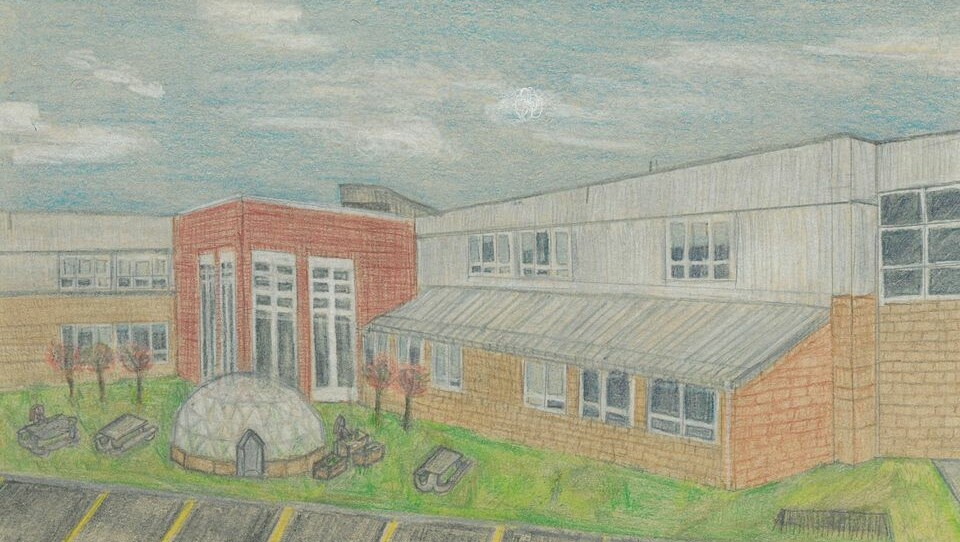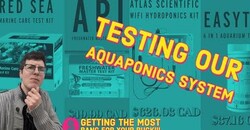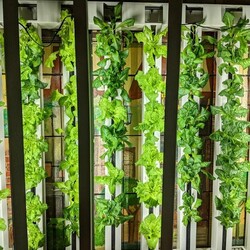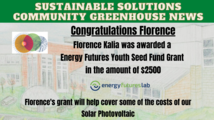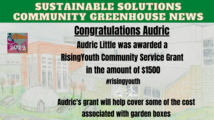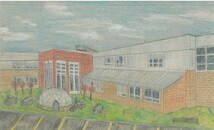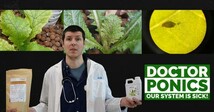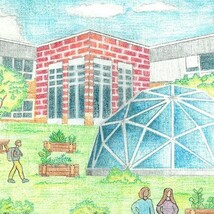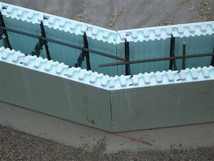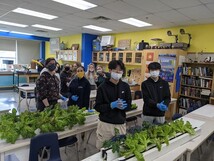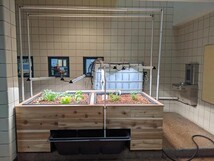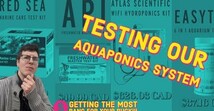In 2020 Strathmore High School, with generous support from Golden Hills School Division and local partners began to implement various sustainable food production projects through the school. The goal of these projects were two-fold:
1. Provide rich learning opportunities for students both attending Strathmore High School as well as those at other schools throughout the community. Opportunities where science can connect with the food that our students eat and where students can explore ideas such as the nitrogen cycle, solar energy, and plant needs in a powerful way.
2. Provide fresh, nutritious produce for members of our community and student body.
Our Vision:
Proposing the construction of an Arctic Acres Geodesic Greenhouse at Strathmore High School.
We envision this greenhouse as a true community greenhouse and something that would impact all members in our community. This space could be accessed by various schools and community groups and used to promote sustainable food production, sustainable energy practices and science education.
Groups like Communities in Bloom could use this space to give courses on permaculture or soil health to members in the community. Elementary students, junior high students ad homeschool students could visit this space to engage in topics like energy transfer, plant needs, and food production.
Benefits:
The benefits of a Geodesic Greenhouse is the ability to operate the greenhouse year round 'off the grid'. The greenhouse would be able to be accessed in the cooler months and would require no extra cost to heat during these times. The specific greenhouse we are propsing is an Arctic Acres 33-foot Growing Dome Kit which measures 10.05m in diameter and 4.7m in height for a total size of 850sqft.
33-Foot Growing Dome Kit
$32,000 (CAD) + taxes & delivery
The total budget for the project to be successful would be $50,825.52. Additional funds would go towards allowing this greenhouse to operate more efficiently, year round.
Confirmed Funding for Project:
| Golden Hills School Division #75 | $12,000 |
| Capital Power | $3,000 |
| Inside Education A + for Energy Grant | $3,900 |
| SHS Net Zero | $19,000 |
Stay up-to-date with all of the our Community Greenhouse developments by "liking" our Facebook page https://www.facebook.com/SHSCommunityGreenhouse
The project in the media:
https://sites.google.com/ghsd75.ca/shsaquaponics/next-steps?authuser=0

